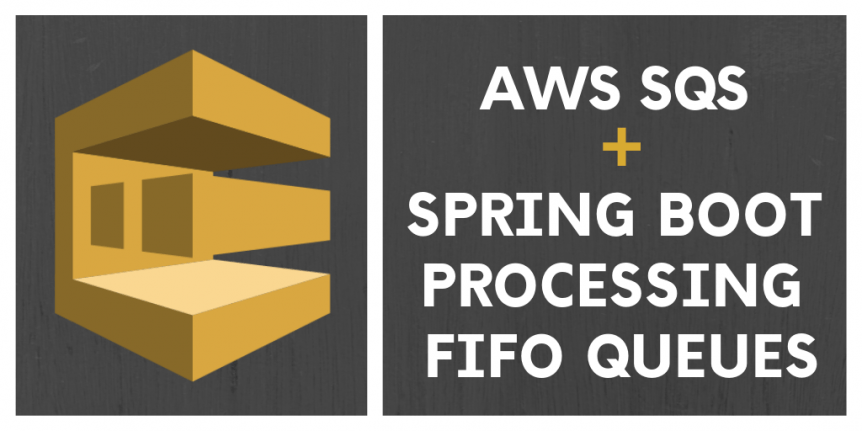Social logins using Oauth2 have become a industry standard. It has revolutionized the way sites share data and has allowed users to quickly access new applications without having to create a new set of credentials. This article gives an example of why OAuth2 was invented and provides a working example of a Spring Security 5 application integrated with Google.
Transferring Spring Batch Apps to AWS Cloud
The last few years have seen a lot of movement to bring applications that don’t require manual intervention from the mainframe to Unix, Linux, Windows servers, or even to the desktop. This concept is commonly known as batch programming, and Spring Batch has been the tool many of us are using to accomplish this. Another trend that is gaining steam is to move from an internally-hosted server to a cloud-hosted system.
In this post, we discuss multiple ways for transferring Spring Batch applications up to the AWS Cloud, including EC2, Docker, Lambda, and others. I concentrate on AWS in this post, but, from my experience in Google Cloud, the same ideas will apply…
Centralizing Configurations with Spring Cloud Config
When the Microservices approach became popular a few years ago, many companies rushed to build their own microservices or to convert their legacy applications into microservices. Over the years, companies have implemented an abundance of microservices, mostly with Spring Boot. Each of them manage their own configurations across deployment environments like Dev, Test, and Prod.
Due to the nature of a complex business process, there are many common configurations (e.g. databases, queues, email servers, and FTP servers, etc.) used in the distributed services. This can result in services having redundant and confusing configs on a distributed system. It can become challenging to update the configs for too many services on a distributed system across multiple environments.
Thankfully, Spring Cloud Config provides the implementation to successfully resolve these issues. It provides server-side and client-side support for externalized configuration in a distributed system. With the Config Server, you have a central place to manage external properties for applications across all environments. The concepts on both client and server map identically to the Spring Environment and PropertySource abstractions, so they fit very well with Spring applications.
In this post, I’ll demonstrate Config Server and Client with example code. I’ll show you how to use Git or a local repository as a central place to store all the config files. The diagram below illustrates how the distributed client services (e.g. Investment Position/Price/Reporting Data service) fetch their configuration from the Config Server, which in turn retrieves them from one central place.
Spring Batch Testing & Mocking Revisited with Spring Boot
Several years ago, 2012 to be precise, I wrote an article on an approach to unit testing Spring Batch Jobs. My editors tell me that I still get new readers of the post every day, so it is time to revisit and update the approach to a more modern standard.
The approach used in the original post was purely testing the individual pieces containing any business logic. Back then, we didn’t have some of the mocking capabilities that we have today, so I went with an approach that made sense at the time.
However, there have been a few improvements in the past several years. One of those improvements has been the ability to Mock beans within a Spring Context. That’s where the @MockBean annotation comes to the rescue.
Quick Start: AWS SQS + Spring Boot Processing FIFO Queues
AWS SQS (Simple Queue Service) can provide developers with flexibility and scalability when building microservice application(s). In this quick start tutorial, we will demonstrate how to configure a FIFO queue for a fictional online marketplace.
What Is A FIFO Queue?
A FIFO (first in, first out) queue is used when the order of items or events is critical, or where duplicates items in the queue are not permitted. For example:
– Prevent a user from buying an item that isn’t available on a marketplace.













